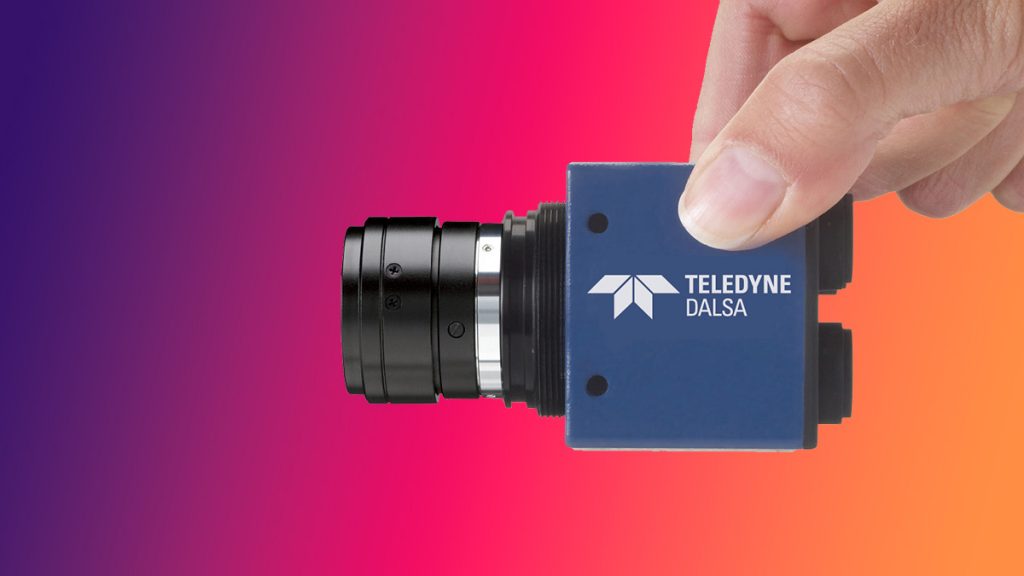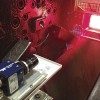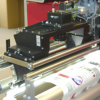Smarter Cameras
Smarter cameras will continue to take over where PCs used to dominate
Over the last several years, the emerging IoT, wide and fast acceptance of online purchasing, and greater adoption of Industry 4.0 have created unprecedented opportunities for the ubiquitous utilization of robots and automatic vision inspection for industrial automation and tracking for logistics management. This has made huge contributions to the wide adoption of smart cameras, mainly for barcode reading, OCR, robotic guidance, and feature detection. The fundamental characteristics of smart cameras such as ease of use and comparative low cost have made them perfect for applications where speed requirements are not demanding, and space is constrained.
As with any technology, there are a few limitations impeding the spread of smart cameras. One is limited computing power, and the second is less flexibility in software. Both interact with each other, mainly due to the constraints of the compact form factor where faster chips cannot be used as they can with PCs, nor can some computationally intensive algorithms be easily ported over. With the advancement of system-on-a-chip (SoC) and embedded technologies, such limitations will continue to decrease.
Smart cameras for single-point and multi-point inspection applications
By its nature, point inspection, quick deployment, and easy maintenance are – and will continue to be – the advantages of smart cameras over PC-based vision systems even as the separation has become more blurred than ever in some circumstances, these main distinctions stay. Smart cameras and PC-based vision systems complement each other from many perspectives.
With the increasing speed of processing power for embedded systems, smart cameras may be capable of tackling faster and more complicated applications that could not be managed before. Furthermore, at one point, if software allows accommodating a primary-secondary structure, multiple smart cameras may be used for multiple view applications that are the traditional territory of PC-based multi-camera systems. In addition, the IP67 protection rating for harsh environments and a more compact form factor to fit in smaller spaces is surely making smart cameras more beneficial.
Trend #1: Application-specific smart cameras
Over the last few years, we’ve seen two major trends in smart cameras. The first is that smart cameras have become more and more application-specific or single-function focused, just like the traditional optical sensor-like cameras. For example, for an extremely low cost, the cameras may be applied for barcode reading for logistics tracking, identifying the presence/absence of certain features, or feature matching for robotic guidance.
Trend #2: AI-focused Smart Cameras
The second trend is smart cameras are leveraging more onboard intelligence or smarter embedded technologies to tackle greater complexity in inspection tasks. These tasks usually demand more computing power and smart cameras have been constrained in the past, due to their compact form factor, but this is changing. One new development is the emergence of AI (deep learning). Using an AI Trainer such as Astrocyte as part of Teledyne DALSA’s Sherlock vision system software helps with time-consuming image training in a high-end PC with a more powerful GPU. Smart cameras powered by AI will surely compensate for the limitations of past smart camera models.
It is worth noting that these evolutions are being driven by the advancement of software. Functionality modulization is related to changes in the software. AI smart camera development is also being driven by a major software technology breakthrough. Of course, hardware and computing power, and even sensor advancement are providing benefits to enforce such evolutions.
Trend #3: Wireless or cloud-based smart cameras
Another advancement in smart camera evolution is wireless integration for remote monitoring and control purposes. Due to data security or reliability concerns, Wi-Fi may not be reliable or fast enough for image transfer or live monitoring. But limited inspection control and management from remote by operation managers will be a feature used more and more often with smart cameras.
Cloud-based smart terminal cameras are also emerging by leveraging Cloud computing technologies. How to transfer images and data reliably and quickly by leveraging 5G technology is becoming more commonplace on many production floors in some major manufacturing hubs.

Future Smart Camera Directions
Things are unfolding in multiple directions, from advancing technologies to supply chain decoupling.
Technology-wise, smart camera R&D efforts will continue to pursue opportunities to be faster, easier, less expensive, and more capable. The advent of 5G is helping to make cloud computing a reality. Camera heads with concentrated computation in the cloud will help make industrial cameras more popular. However, data security and reliability, and real-time processing without any time latency will always be a concern no matter how fast 5G technology is, plus there is the unignored accumulating burden and cost to the main server. Edge computing with the improving SoC will make smart cameras more attractive in many circumstances.
In addition, supply chain decoupling means manufacturing will continue to be scattered across the world, from many different continents, which will create more opportunities for production automation using robots. Smart cameras with their characteristics of ease of use and simpler cabling will be a perfect match here.
Speaking of smart cameras themselves, smart cameras with AI capabilities – or so-called “inference smart cameras” – will be more and more popular, as will smart 3D cameras. In other words, with the improvement of the capabilities of smart cameras, in the foreseeable future, they will be stretched to more areas where PC-based vision systems have dominated.



 Smart Cameras: Yesterday, Today and Tomorrow
Smart Cameras: Yesterday, Today and Tomorrow  Beyond Smart Vision
Beyond Smart Vision 